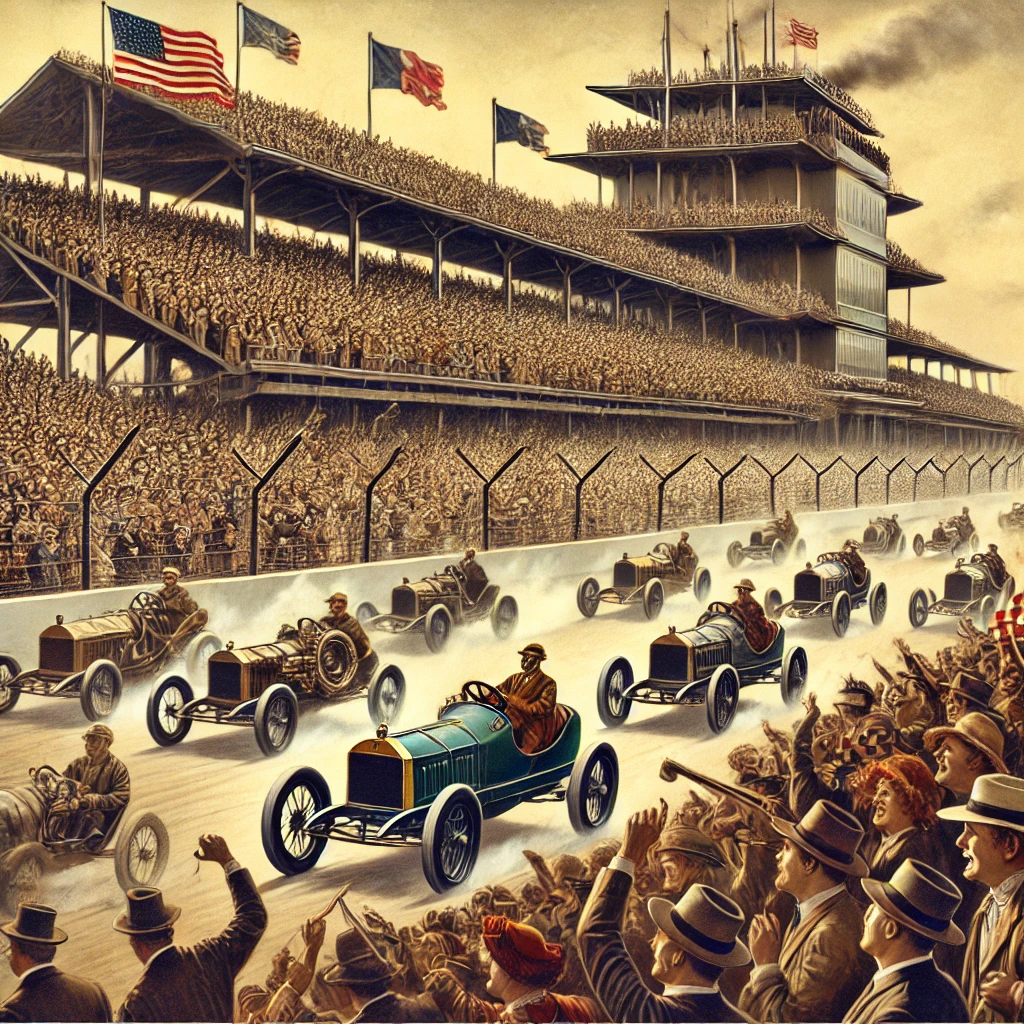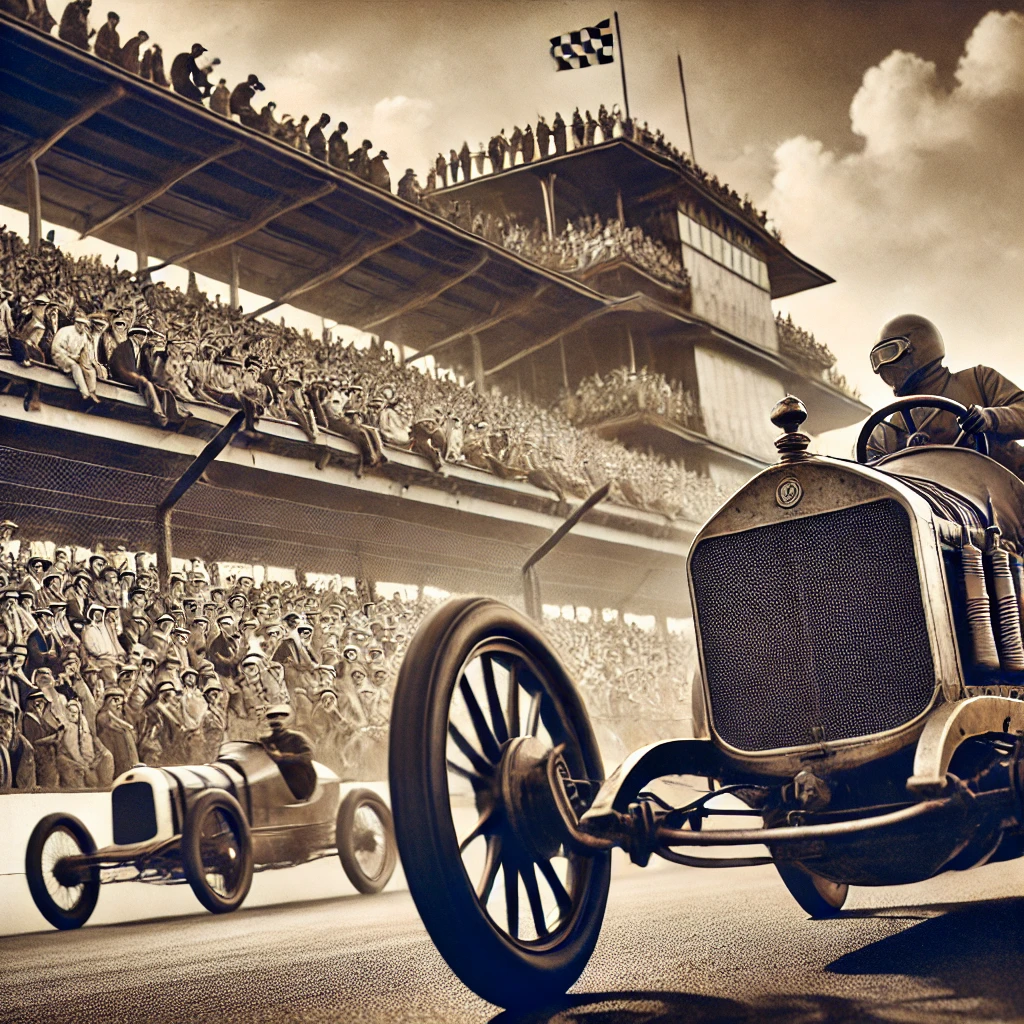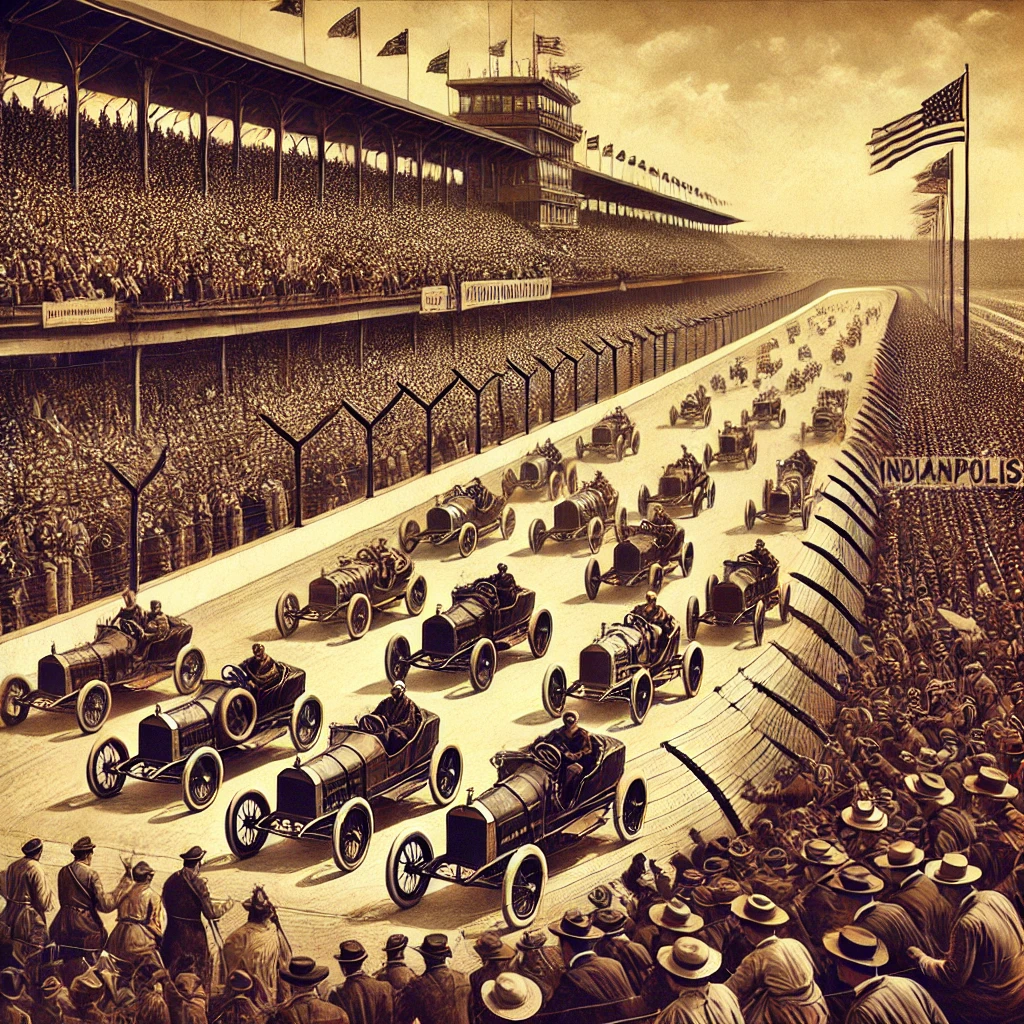On August 19, 1909, the inaugural race was held at the newly constructed Indianapolis Motor Speedway, marking the beginning of what would become one of the most iconic and prestigious venues in the world of motorsports. The Indianapolis Motor Speedway, located in Indianapolis, Indiana, was designed by Carl G. Fisher and his associates, and it was initially conceived as a testing ground for automobiles. The track, built with a surface of crushed stone and tar, was intended to provide a venue for automobile manufacturers to test their vehicles under competitive conditions.
The first race at the Speedway was a 250-mile event that featured a field of 12 cars, showcasing early automobile technology and engineering. The race, held on a 2.5-mile oval track, was won by Ray Harroun, who drove a Marmon Wasp. Harroun’s victory was notable not only for the win but also for his use of a rearview mirror, an innovation that improved safety and allowed him to monitor the competition more effectively.

The Development of the Speedway
The Indianapolis Motor Speedway quickly established itself as a prominent venue for automobile racing. The success of the first race laid the foundation for the Speedway’s future as a major racing destination. The track underwent several improvements and surface changes over the years, including the introduction of asphalt paving in 1938, which enhanced the racing experience and performance.
The Speedway became renowned for hosting the annual Indianapolis 500, a race that has grown into one of the most prestigious and well-known events in motorsports. The Indy 500, first held in 1911, has become a centerpiece of American racing culture and a major international event. The Speedway’s rich history and ongoing significance in the racing world are a testament to the vision and innovation of its early founders.

The Legacy of the Indianapolis Motor Speedway
The Indianapolis Motor Speedway’s inaugural race on August 19, 1909, marked the beginning of a storied legacy in the world of motorsports. Over the decades, the Speedway has become a symbol of racing excellence and has played a significant role in the development of automotive technology and sports. The track has hosted numerous historic races and events, contributing to its reputation as the “Racing Capital of the World.”
Today, the Indianapolis Motor Speedway continues to be a focal point of motorsports and automotive innovation. The Speedway’s impact extends beyond racing, influencing automotive engineering, safety standards, and fan engagement. The legacy of the Speedway’s first race endures as a celebration of racing history and the ongoing pursuit of excellence in the world of motorsports.

On August 19, 1909, the Indianapolis Motor Speedway hosted its first race, setting the stage for a remarkable history in automotive racing. The event marked the beginning of a venue that would become a cornerstone of motorsports, influencing the development of racing technology and culture. The Speedway’s legacy continues to thrive, celebrating over a century of racing heritage and innovation.
